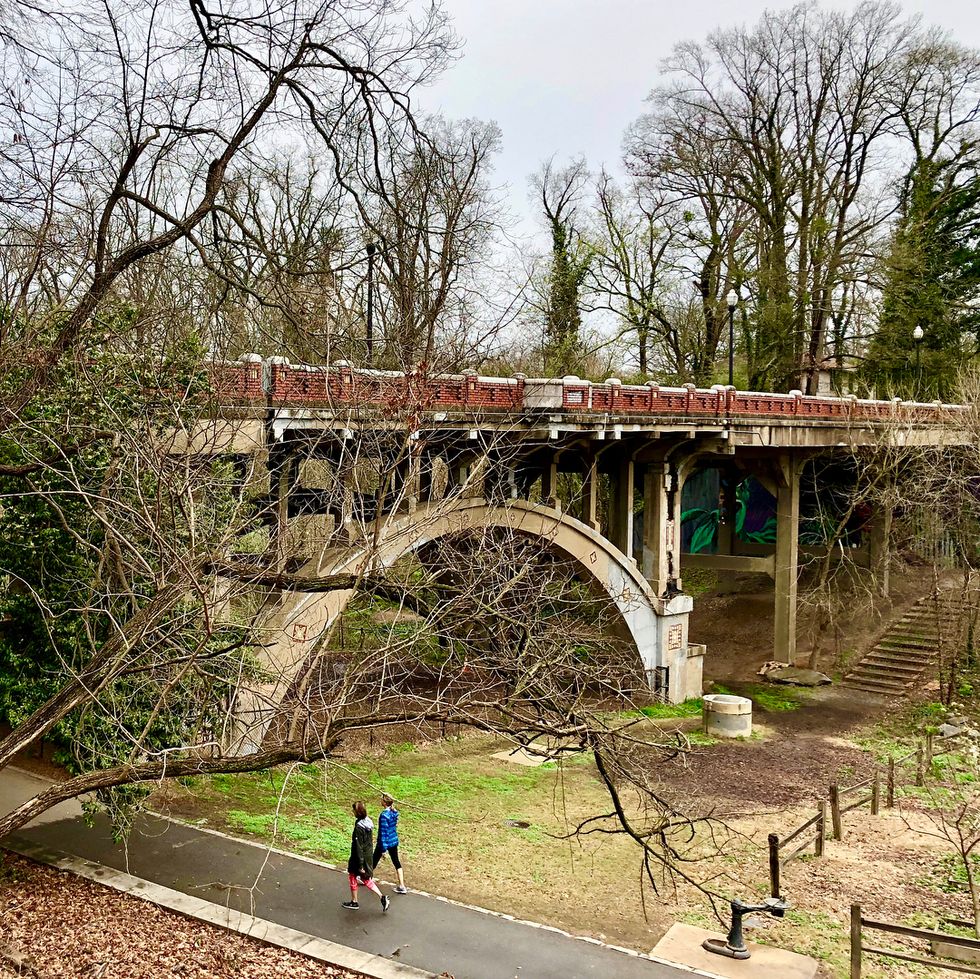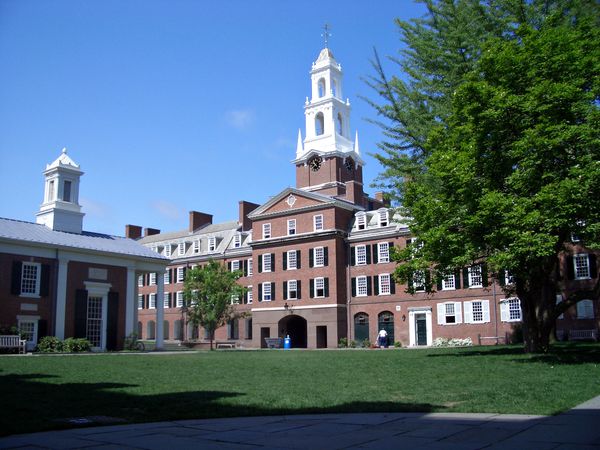Rosy-cheeked individuals of privilege warm their hands by the blaze of a magnificent fireplace, in the center of a newly minted mini-mansion, in a neighborhood previously infested by crime and decay. Through their diligent work as upstanding individuals of society, these young, bright, often white soldiers of community improvement have battled through the darkness of urban society to create trendy neighborhoods of hipster coffee houses, Urban Outfitters, and Whole Foods.
While this image may seem ideal, it is a prime example of gentrification. Neighborhoods that have been historically occupied by black people are now being transformed into shiny new cultural meccas that lack the originators of said culture.
While the black community has fostered the style, music, trends, and fashion that characterize the beauty of many Atlanta communities, many of its residents are being uprooted and replaced. Their fresh counterparts are typically white and resultantly, generationally wealthy, afforded resources and opportunities beyond the means of what the previous residents could afford or imagine. The formation of the Atlanta Beltline project is a prime example of community innovation gone wrong, negatively impacting the surrounding residents of that area.
While the project may benefit Atlanta in improving the green space, transportation, and private real estate development, this task leaves many long-term, low-income residents out of the prosperity equation.
Much of the focus in community renovation is allocated to improving the sustainability of public works and their surrounding neighborhoods. In Dan Immergluck and Tharunya Balam’s paper, they identify the “sustainable urban development paradigm” that has existed in the realm of urban planning for decades. Many community developers have lofty ideas of newly improved neighborhoods, bustling with growth, yet decked out in sustainability. Though people generally associate the term sustainability with environmental concerns, many forget the social aspect of the matter.
With the addition of better light rails and street planning, there is a resulting increase in property values that entice individuals with greater means. Immergluck and Balam go on to describe “eco-gentrification” in which the “greening of neighborhoods can increase desirability and thus spur gentrification.” So while the streets may be cleaner and the grass may be greener, the people who live in these regions do not get to taste the fruits of this government-imposed labor.
A budding example of eco/environmental gentrification is the rail-to-park initiatives such as those seen in New York City, or even here in Atlanta. According to Immergluck and Balam, these projects involve the “conversion of large-scale, underutilized...infrastructure...into large-scale parks or trail systems.” This definition characterizes the Atlanta Beltline Project which “involves the redevelopment of an abandoned rail line that encircles the central area of Atlanta.” Funded by tax increment financing (TIF) bonds, this project focuses on developing better transportation by light rail, improving the aesthetic appeal of urban green spaces, and launching new real estate projects.
On its face this project is a delightful asset to the community, offering nothing but needed improvement. Unfortunately, this is not the case as the new public and private amenities will result in higher housing prices that can only be afforded by high-income households. The community’s longtime residents that are mostly low income will end up displaced from their homes over time.
The Atlanta Beltline will have long-term impact on Atlanta residents, with the negative blowback being shouldered by those of lower socioeconomic status. In Dan Immergluck’s paper, he found that there were “large impacts on home values (and therefore eventually on property taxes and rents) in the years running up to the adoption of the Beltline...in late 2005.” He specifically identified that the “impacts of the TIF [Atlanta Beltline] on nearby property values occurred primarily in lower-value and lower-income buffer areas, which are located primarily on the city’s southside.”
While the Atlanta City Council has attempted to address the affordable housing issue, there is still much to be done. They established the “Beltline Affordable Housing Board” to safeguard the many concerns over resident ability to maintain their lifestyles. According to Balam and Immergluck’s paper, the city council “required that 15 percent of all Beltline TAD [tax allocation district] bonds” go towards the Housing Board’s trust fund, but “due to the declining real estate values beginning in 2007,” they were unable to raise enough money from the bond market. This trust fund was supposed to go towards building affordable housing units during the development of the beltline, but it lacked the attention needed for those who lived in “existing housing units.” As the amount of affordable housing in Atlanta communities declined, the amount of expensive luxury housing increased throughout the Beltline, “with estimates of luxury units constructed in the city from 2012 to 2014 exceeding 20,000 (Immergluck et al., 2016).”
As we continue in the construction of the Atlanta Beltline this year, it is hard to ignore the growing complications that our community residents will face. In spaces that are predominantly occupied by low-income black families, they have garnered a unique sense of community and culture that adds to the charm of Atlanta. With the rise of gentrification, their hopes of maintaining their home lifestyles are slowly diminishing. As the long-time residents of Atlanta are replaced with opportunistic hopefuls in search of new aesthetically appealing, sustainable safe havens, we are inching closer to the demise of the urban mecca.
Frequently, gentrifiers critique the original communities’ appearances because they are unable to see their unique appeal and cultural significance. When the new communities are built with more expensive material and resources, they mask the true beauty of the culture with the veneer of luxury. Though these creations may one day be hailed as urban utopias, we cannot forget the communities they crushed to build upon.



















